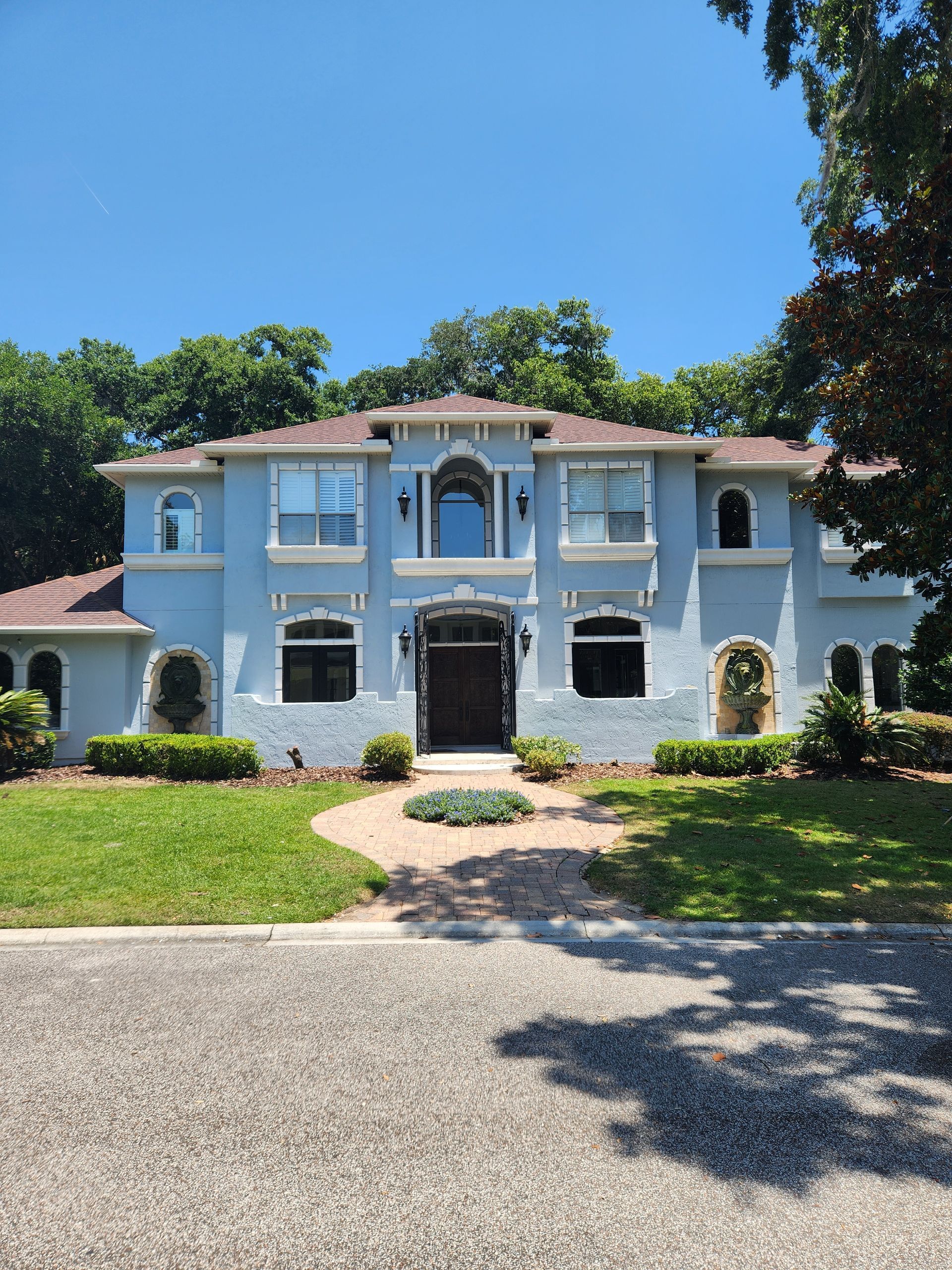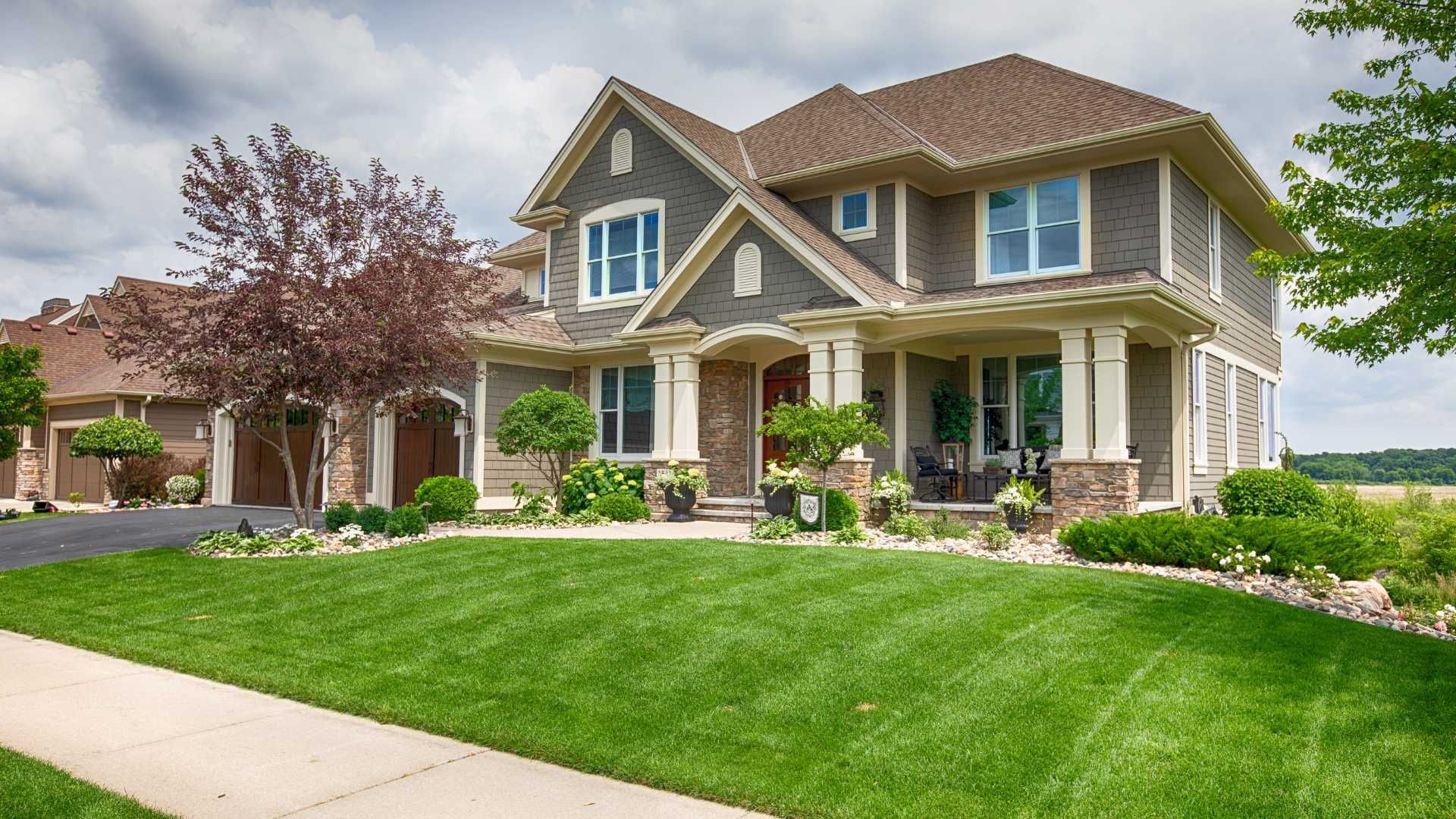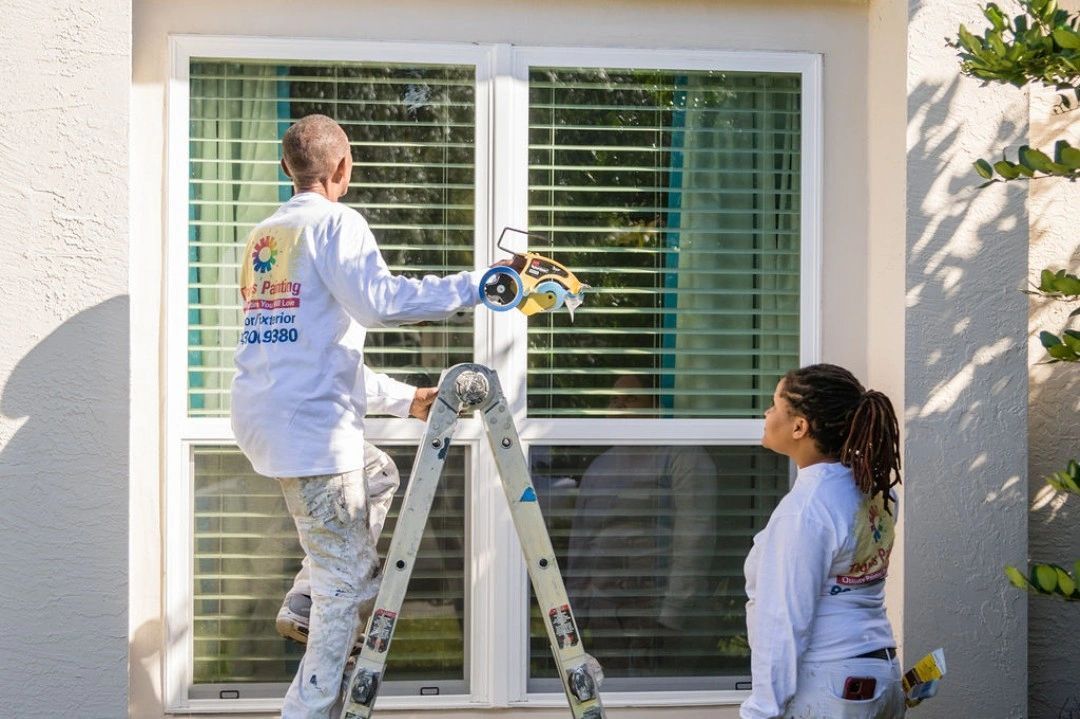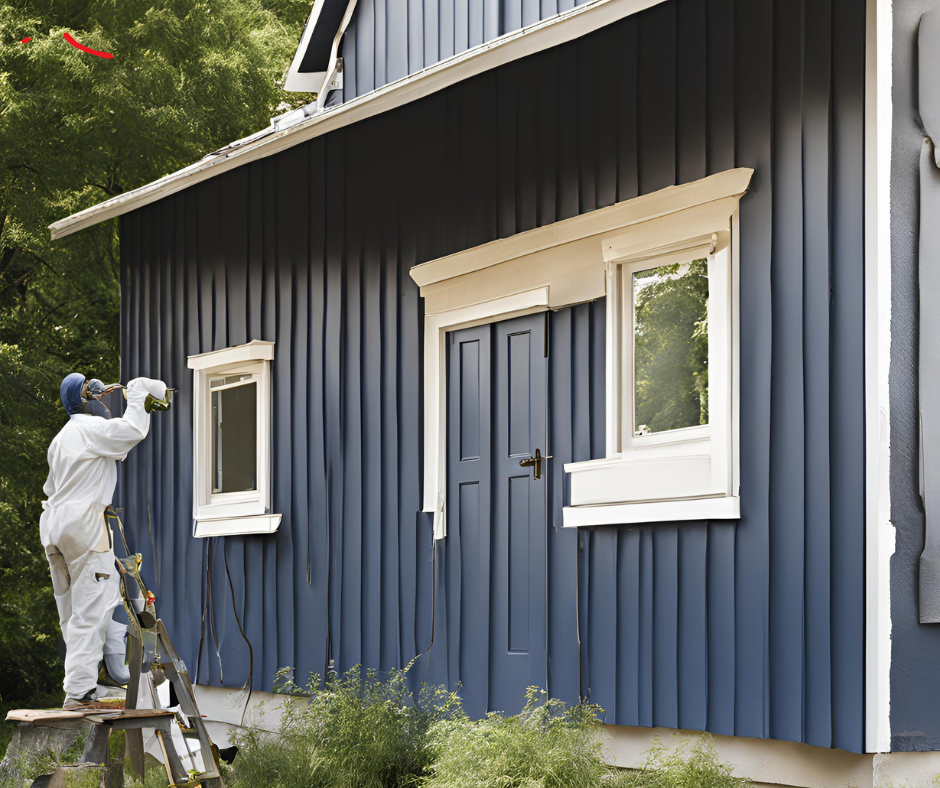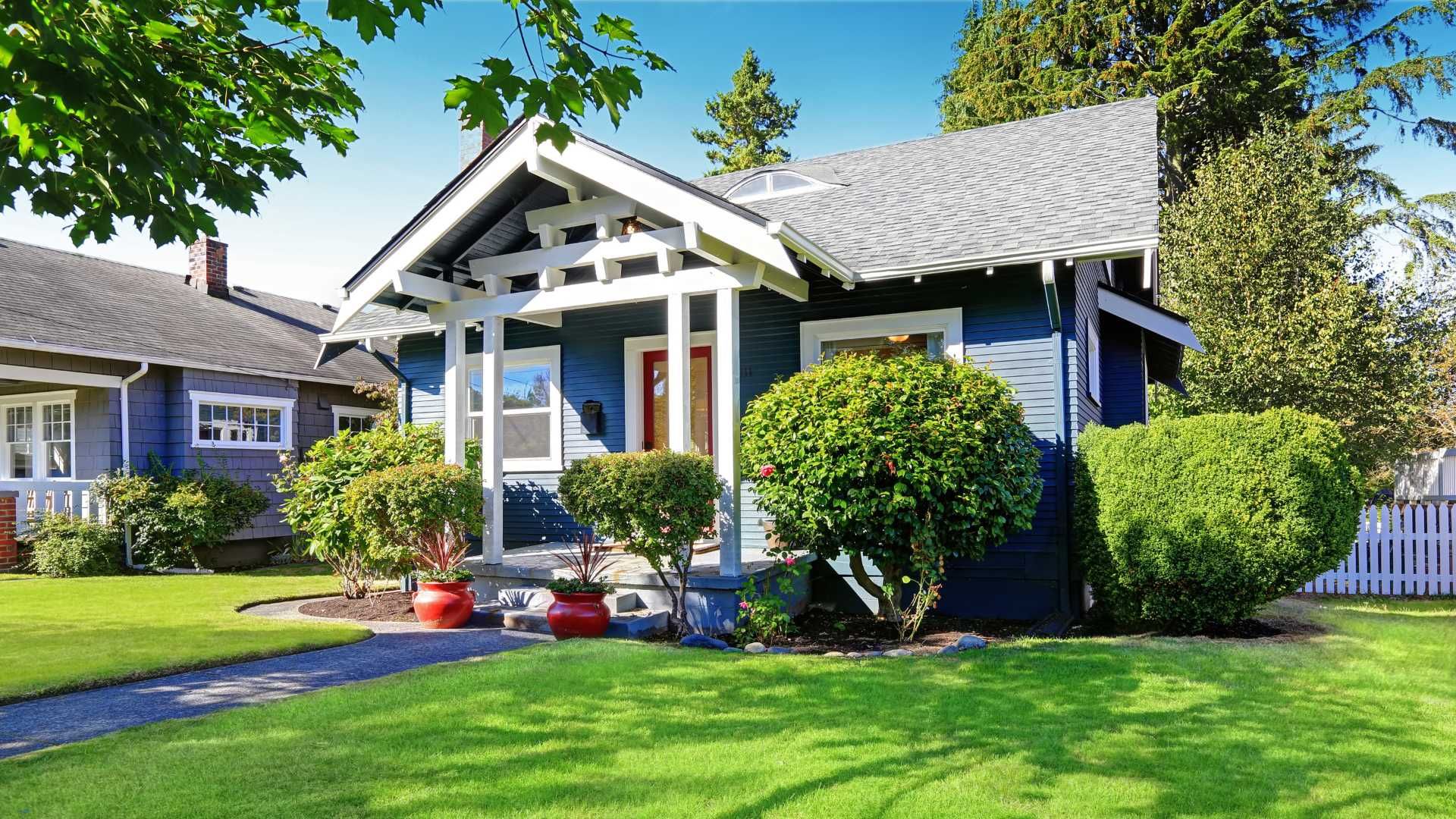Mastering Cold Weather Painting: Essential Tips for Jacksonville Property Owners
Understanding Temperature Effects
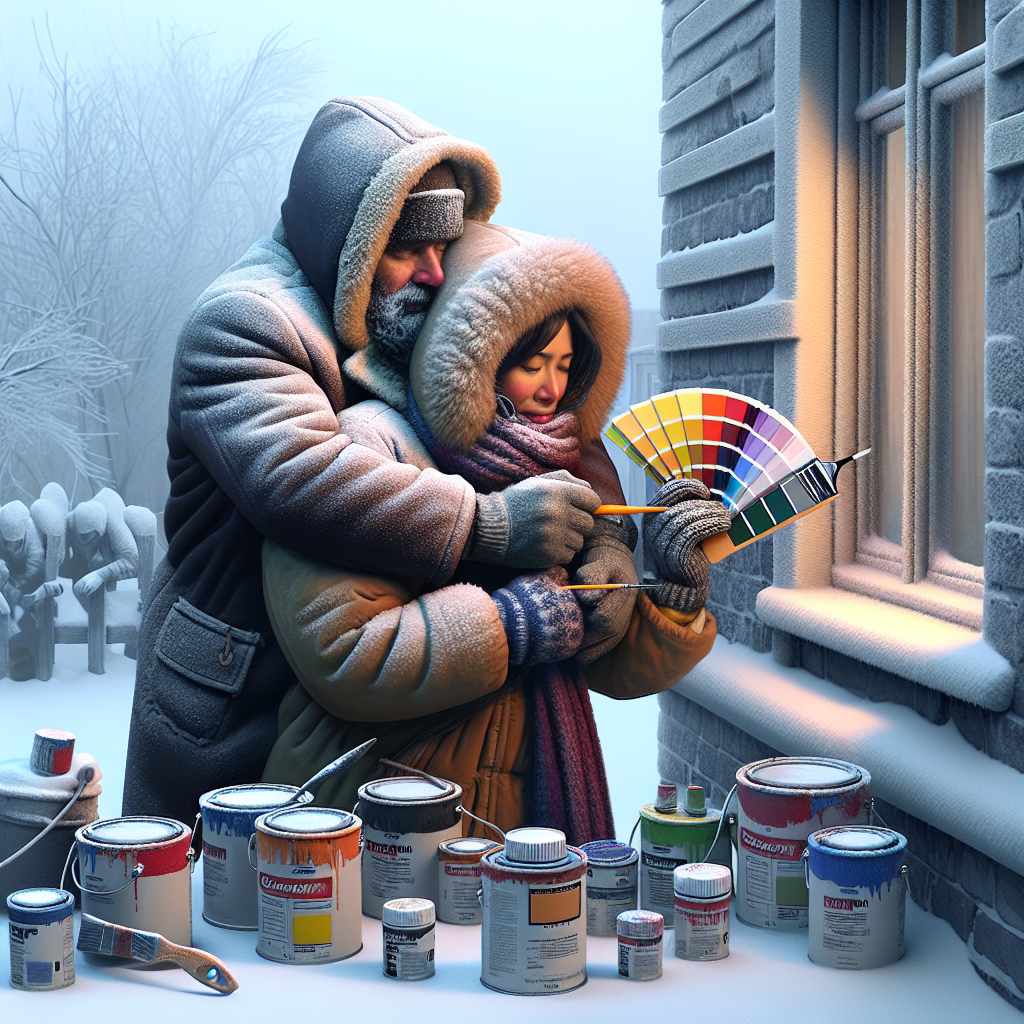
As the temperatures in Jacksonville dip during the colder months, property owners may find themselves facing unique challenges when it comes to home maintenance, particularly painting. Mastering the art of cold weather painting is crucial for anyone looking to maintain or enhance their property's exterior appeal. In this guide, we provide essential painting tips specifically tailored for Jacksonville's cooler climate, ensuring your home painting project is both effective and enduring. Understanding the temperature effects on painting can make a significant difference in the outcome of your work, and our seasonal painting advice will equip you with the knowledge needed to tackle this task with confidence. Whether you're a homeowner, business owner, or property manager, these exterior painting tips will help safeguard your investment and achieve professional results.
How Cold Weather Affects Paint
Cold weather painting poses unique challenges that can significantly impact the outcome of your home painting project. In Jacksonville, where temperatures may drop during the winter months, understanding these effects is crucial. When temperatures fall below optimal levels, paint can thicken, resulting in uneven application and longer drying times. Consequently, this can lead to issues such as cracking, peeling, or an overall lack of adhesion. Moreover, moisture and dew formation increase during colder months, potentially leading to mildew and other surface defects if not adequately addressed. The key is to adapt your painting strategy to account for these factors. Consider using paints formulated for lower temperatures and ensure surfaces are dry and frost-free before starting. By preparing properly, you can mitigate these temperature effects on painting, ensuring a durable and visually appealing finish for your property.
Ideal Painting Conditions in Jacksonville
Achieving optimal results in your exterior painting projects depends significantly on the right weather conditions. In Jacksonville, the ideal temperature range for painting usually lies between 50°F and 85°F. These temperatures ensure that the paint dries properly and adheres well to surfaces. It's also essential to consider humidity levels, aiming for a day when they are moderate, as high humidity can extend drying times and affect the paint's finish. Check the forecast for dry, overcast days, which are preferable to prevent paint from drying too quickly or unevenly under direct sunlight. Early morning or late afternoon painting can further help avoid the peak heat of the day. Plan your project around these conditions to maximize the longevity and aesthetic appeal of your paint job. By adjusting your painting schedule according to Jacksonville's unique climate, you ensure that your property remains protected and visually striking.
Essential Cold Weather Painting Tips
Choosing the Right Paint
Selecting the appropriate paint is critical when undertaking a home painting project in cold weather. For Jacksonville's cooler months, opt for paints specifically designed for low-temperature application. These paints contain additives that allow them to cure properly at lower temperatures, ensuring strong adhesion and durability. Acrylic latex paints are often recommended for their flexibility and resistance to cracking, even in fluctuating temperatures. It's also important to consider the surface you're painting; different materials might require specialized paints to ensure optimal results. Before purchasing, consult with paint specialists to identify products that will perform well in Jacksonville's climate conditions. Additionally, check the paint's temperature rating, ensuring it matches the expected conditions during your project timeline. By choosing the right paint, you protect your property from weather-induced wear and achieve a finish that maintains its aesthetic appeal throughout the colder months.
Preparing Surfaces for Cold Weather
Proper surface preparation is a vital step in ensuring the success of any cold weather painting project. In Jacksonville's cooler months, it's crucial to start by thoroughly cleaning all surfaces to remove dirt, mildew, and loose paint. This helps the new paint adhere better and last longer. Use a power washer for exterior surfaces or a scrub brush and cleaning solution for smaller areas. Once cleaned, inspect surfaces for any damage such as cracks or holes, which should be repaired before painting. Allow ample time for surfaces to dry completely, as moisture can compromise paint adhesion and lead to peeling. Sanding rough or glossy areas is also recommended to ensure a smooth and even paint application. By dedicating time to proper surface preparation, you set the foundation for a successful cold weather painting project that withstands Jacksonville's climate challenges.
Common Mistakes to Avoid
Avoiding common pitfalls in cold weather painting can save time, effort, and resources. One frequent mistake is neglecting the importance of weather conditions. Painting in temperatures below the recommended range can lead to poor adhesion and increased drying times. Another error is rushing surface preparation. Skipping cleaning or failing to repair imperfections can result in a subpar finish that quickly deteriorates. Additionally, using the wrong type of paint for the temperature or surface can lead to color inconsistency and peeling. It's also crucial to apply paint in thin, even coats, allowing sufficient drying time between layers to avoid drips and uneven coverage. Overlooking these details can compromise the durability and appearance of your project. By understanding and steering clear of these common mistakes, you position your painting efforts for success, ensuring a professional-looking result that withstands Jacksonville's seasonal challenges.

Contact Info
Phone:
904-300-9380
Email:
info@thomasppw.com
Address: 10950-60 San Jose Blvd., #189
Jacksonville, FL, 32223
© 2024 All Rights Reserved | Thomas Painting

